Need help with makeup packaging types? This guide covers the three layers of cosmetic packaging, the materials used, 12 types of packaging, and key considerations.
Learn how to choose the best for your brand, from sustainable options to travel-friendly designs, and simplify sourcing with expert help.
Understanding Makeup Packaging: The Basics
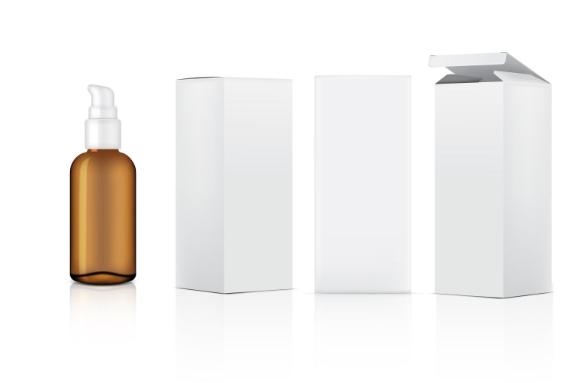
The Three Layers of Cosmetic Packaging
Before exploring makeup packaging types, understanding the basics is key. Cosmetic packaging has three layers, each with a purpose.
- Outer Packaging: Protects during shipping (e.g., cardboard boxes).
- Inner Packaging: Displays products on shelves, adds protection (e.g., folding cartons).
- Product Packaging: Holds the product, ensures quality (e.g., bottles, jars).
In our experience, knowing these layers helps small brands choose wisely. For fragile serums, sturdy outer packaging is vital, while elegant inner packaging boosts shelf appeal.
Why Packaging Matters for Your Brand
Your brand’s packaging is more than just a box—it’s your first chance to impress customers, protect your product, and make the experience memorable.
Studies show that 72% of people say packaging design affects their buying decisions, and 52% are more likely to buy again if the packaging feels premium. Poor packaging costs businesses $1 billion yearly in damages, with 11% of goods arriving broken.
For small businesses like yours, unique packaging can help you stand out.
Material Breakdown for Makeup Packaging
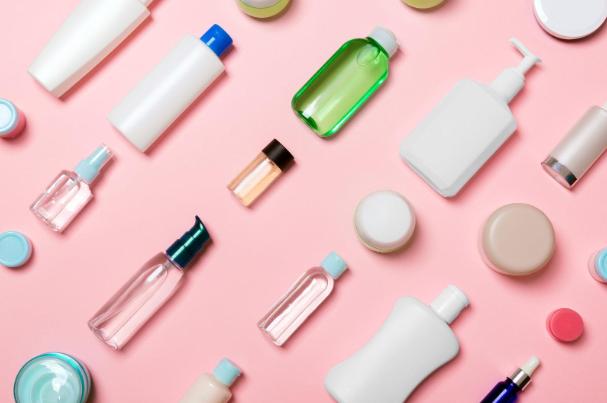
Glass offers a premium, eco-friendly option for luxury packaging. It’s non-reactive, ideal for sensitive formulas like serums, and recyclable, aligning with sustainability trends. However, glass is heavy and fragile, raising shipping costs.
For luxury skincare, glass droppers or airless jars elevate your brand. We’ve sourced lightweight glass options for clients, reducing costs while maintaining a premium look.
- Best For: Serums, creams, high-end products.
Plastic: Lightweight and Cost-Effective
Plastic is versatile and budget-friendly, perfect for small brands. It’s lightweight, reducing shipping costs, and moldable into shapes like tubes or sachets. Plastic is shatterproof, ideal for travel-friendly products.
However, it’s less eco-friendly and may react with some formulas. For budget-friendly lip balms, plastic tubes work well. We’ve seen brands start with plastic pouches for samples, then scale to glass jars.
- Best For: Tubes, sachets, budget-friendly products.
Metal: Durable and Unique
Metal offers durability and a unique aesthetic for niche products. Aluminum or tin tubes and cans are rust-resistant and recyclable, adding vintage appeal. For lip balms or scrubs, metal packaging stands out.
Metal may react with ingredients like essential oils, so testing is key. We’ve sourced aluminum tubes for powders, enhancing eco-friendly images while ensuring compatibility.
- Best For: Lip balms, scrubs, powders.
Biodegradable Materials: Eco-Conscious and Innovative
Biodegradable materials like PLA or bamboo offer an eco-conscious alternative for sustainable packaging. They decompose naturally, reducing environmental impact, and appeal to green-focused consumers. However, they may have shorter shelf lives and limited durability.
For eco-friendly brands, bamboo jars or PLA tubes create a natural, artisanal feel. We’ve helped clients source biodegradable sachets for samples, balancing sustainability with practicality.
- Best For: Samples, eco-friendly products, natural cosmetics.
11 Types of Makeup Packaging You Must Know
1. Bottles: Versatile and Elegant
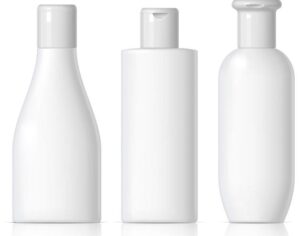
Bottles are versatile for liquid products, offering style and flexibility. Glass bottles are elegant and recyclable, perfect for serums, while plastic bottles are lightweight for toners. Metal bottles add a premium feel for foundations.
Dispensing options like pumps, droppers, or sprays enhance usability. For a new serum, a glass bottle with a dropper ensures precise dosing. We’ve seen brands pair dark glass with light-sensitive formulas, extending shelf life.
- Best For: Serums, toners, foundations.
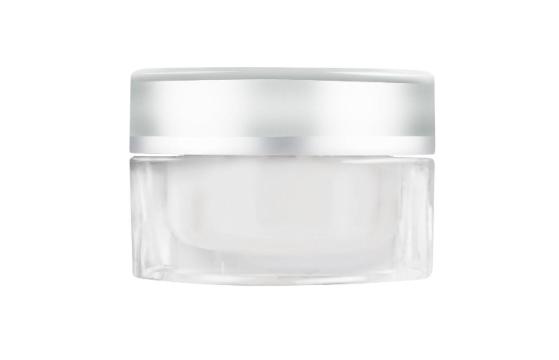
Jars are timeless for thick or creamy products. Their wide opening makes scooping creams or masks easy. Glass jars offer a premium, recyclable look, while plastic jars are lightweight and durable.
For luxury buyers, glass jars elevate your brand. We’ve sourced recyclable glass jars for face creams, appealing to eco-conscious consumers. Glass can be fragile, so consider plastic for shipping-heavy products.
- Best For: Face creams, masks, powders.
3. Tubes: Portable and Cost-Effective
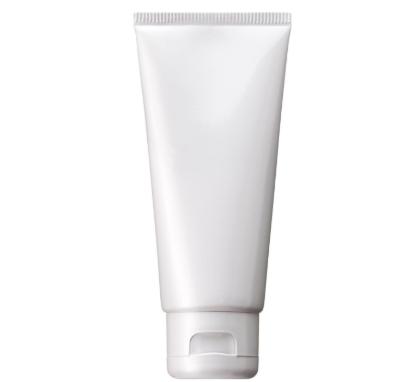
Tubes are lightweight and budget-friendly for on-the-go products. They’re perfect for lip balms, hand creams, or sunscreens, with a sealed design. Plastic tubes are cost-effective, while metal tubes add durability.
For a travel-sized hand cream, a plastic tube fits purses and cuts shipping costs. We’ve seen small brands start with tubes for samples, then scale to jars as demand grows.
- Best For: Lip balms, hand creams, sunscreens.
4. Pumps: Precise and Modern
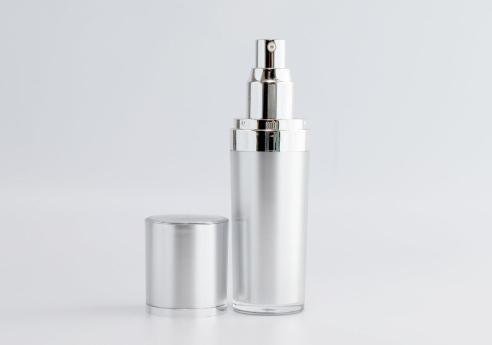
Pumps offer controlled dispensing for high-value products. Their airless technology prevents air exposure, extending shelf life. Pumps handle various viscosities, from serums to lotions. This is also applicable to perfume bottles that require protection from light.
For foundations, pumps ensure precise application, reducing waste. We’ve sourced airless pumps for serums, enhancing preservation and customer satisfaction.
- Best For: Serums, lotions, foundations.
5. Sachets: Compact and Convenient
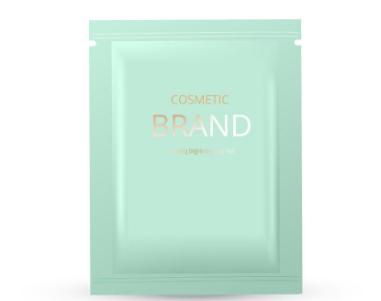
Sachets are ideal for samples and travel-sized products. They’re compact, lightweight, and perfect for single-use masks or creams. High printability makes them great for branding.
For trade show samples, sachets are cost-effective and easy to carry. We’ve seen brands use sachets for trials, then transition to jars for retail. They’re less sustainable, so balance with eco-friendly options.
- Best For: Samples, travel-sized creams, masks.
6. Pouches: Flexible and Eco-Friendly
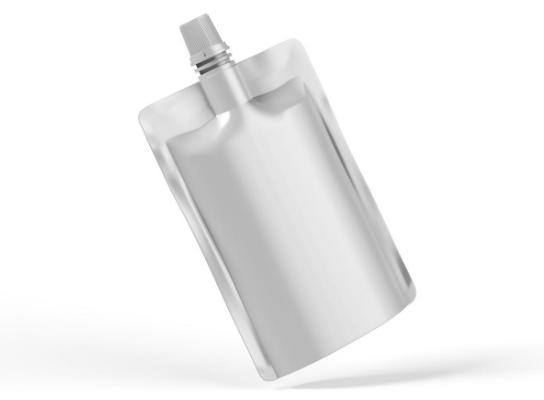
Pouches are versatile and sustainable for various products. Their flexible materials, like plastic or foil, conform to contents, reducing waste. Resealable options, like zip locks, enhance longevity.
For powders, biodegradable pouches lower your carbon footprint. We’ve sourced eco-friendly pouches for samples, appealing to sustainability-focused buyers.
- Best For: Liquids, powders, samples.
7. Palettes: Elegant and Functional
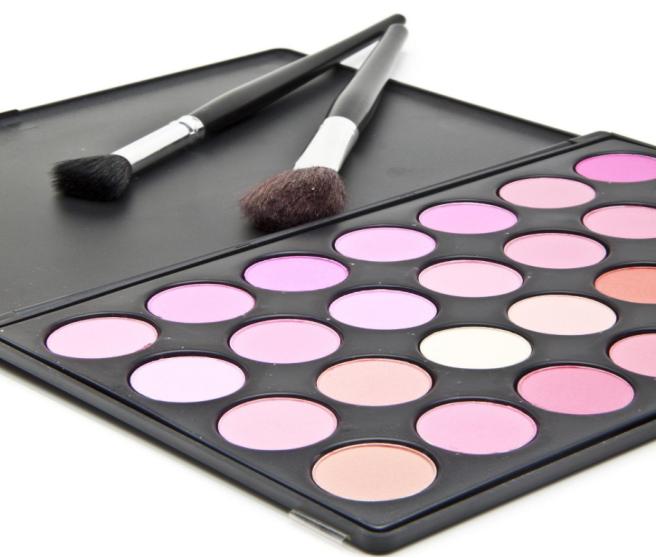
Palettes are perfect for multi-product packaging, enhancing convenience. They have multiple compartments for eyeshadows or blushes, often with mirrors for travel. Their large surface allows creative designs.
For a blush palette, a structured layout improves usability, while a sleek design boosts shelf appeal. We’ve seen brands offer travel-friendly palettes, appealing to on-the-go consumers.
- Best For: Eyeshadows, blushes, lip colors.
8. Droppers: Precise for High-Value Products
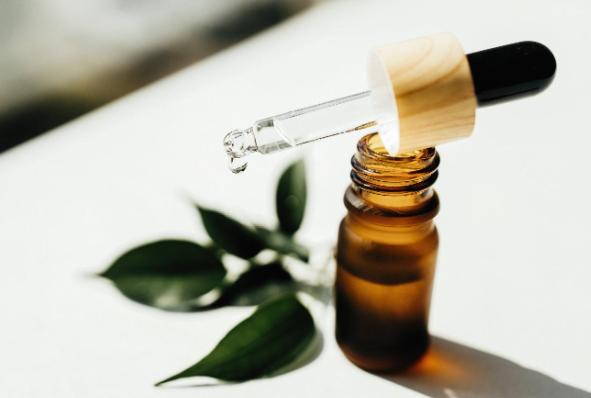
Droppers offer precision dispensing for concentrated formulas. Their sealed design prevents contamination, with glass or plastic pipettes for durability.
For serums, droppers ensure precise dosing, building trust. We’ve sourced glass droppers for essential oils, enhancing luxury images. Glass droppers are elegant but fragile, while plastic is durable for travel. This versatility makes droppers ideal for a range of products, including perfume bottles, where precision and luxury are paramount.
- Best For: Essential oils, serums, high-potency skincare.
9. Stick Applicators: Convenient and Precision
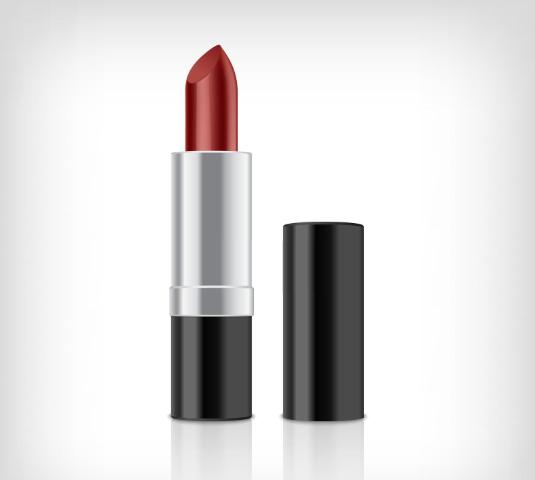
Stick applicators give you convenience and sustainability for targeted applications. You’ll find their compact, rod-like designs, like twist-up or push-up sticks, perfect for precise, mess-free use. They’re great for on-the-go, and their solid format cuts down on packaging waste while being easy to carry.
For solid formulations, you can choose biodegradable or recyclable stick applicators to lower your environmental impact. We’ve sourced eco-friendly stick applicators for your samples, appealing to sustainability-focused consumers and brands looking for convenient, waste-reducing options.
Best For: Solid balms, deodorants, concealers, samples.
10. Compacts: Travel-Friendly and Sleek
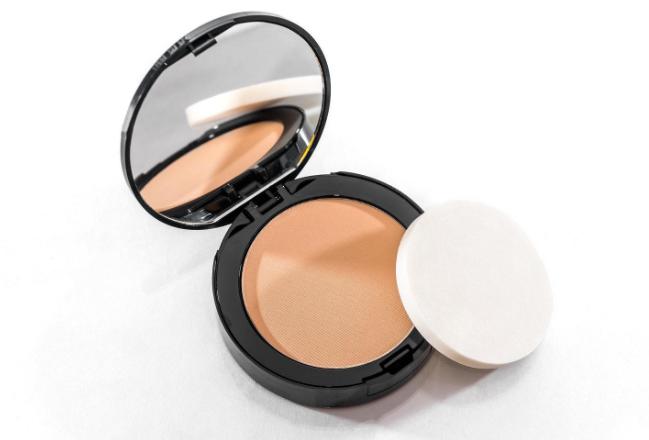
Compacts are portable for touch-ups, with hinged or snap closures for security and mirrors for convenience. Sleek designs, in round or square shapes, enhance appeal.
For powders, travel-friendly compacts fit purses. We’ve sourced durable plastic compacts, reducing breakage during shipping and boosting shelf appeal.
- Best For: Powders, blushes, bronzers.
11. Airless Jars: Advanced Protection
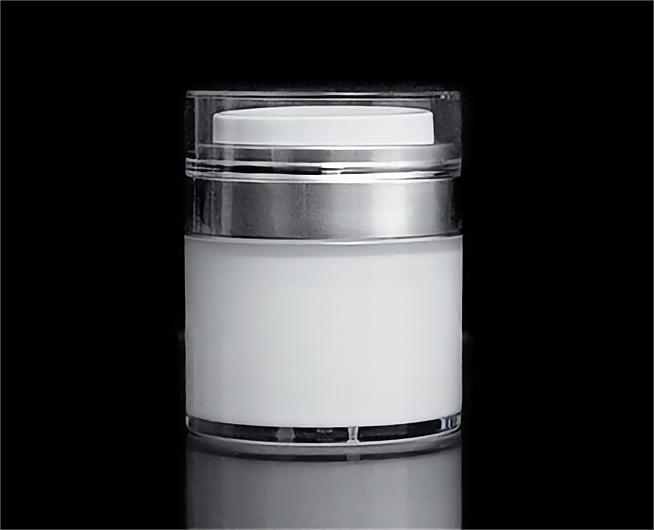
Airless jars use vacuum technology to protect sensitive formulas. Their airless design prevents air and bacteria exposure, extending shelf life. Available in plastic or glass, they offer a premium feel.
For anti-aging creams, airless jars protect active ingredients. We’ve seen brands reduce waste with airless jars, dispensing all product. They’re costly, so balance with budget-friendly tubes.
- Best For: Anti-aging creams, sensitive skincare.
Which Makeup Packaging Type Is Right for You?
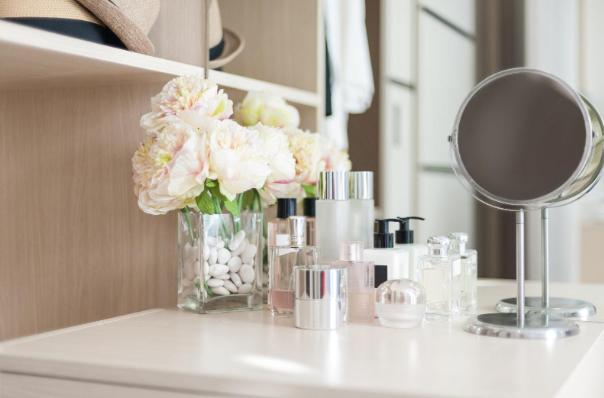
Choosing the right makeup packaging type depends on your product, budget, and goals. Our comparison table helps you weigh the pros and cons. Use this table to find the best fit for your brand.
| Packaging Type | Material Options | Cost | Sustainability | Best For | Pros | Cons |
| Bottles | Glass, Plastic, Metal | Medium | High (Glass) | Serums, Foundations | Elegant, Protects Light-Sensitive Formulas | Glass is Heavy, Plastic Less Premium |
| Jars | Glass, Plastic | Medium | High (Glass) | Creams, Powders | Premium Look, Recyclable | Glass is Fragile, Plastic Less Eco-Friendly |
| Tubes | Plastic, Metal | Low | Medium | Lip Balms, Hand Creams | Cost-Effective, Portable | Limited for Thick Formulas |
| Pumps | Plastic, Metal | Medium | Medium | Serums, Lotions | Precise, Airless Technology | Higher Cost for Airless Pumps |
| Sachets | Plastic, Foil | Low | Low | Samples, Travel Products | Compact, Cost-Effective | Single-Use, Less Sustainable |
| Pouches | Plastic, Foil, Fabric | Low | High | Liquids, Powders | Eco-Friendly, Lightweight | Limited for Heavy Products |
| Palettes | Plastic, Cardboard | Medium | Medium | Eyeshadows, Blushes | Multi-Product, Travel-Friendly | Higher Production Cost |
| Droppers | Glass, Plastic | Medium | Medium | Serums, Essential Oils | Precise Dosing, Premium Appeal | Fragile (Glass), Limited Capacity |
| Compacts | Plastic, Metal | Medium | Medium | Powders, Blushes | Portable, Sleek Design | Limited for Liquids |
| Airless Jars | Plastic, Glass | High | Medium | Anti-Aging Creams | Extended Shelf Life, Premium Feel | Higher Cost, Complex Design |
Key Factors to Consider When Choosing Makeup Packaging
Your Target Audience and Brand Identity
Your packaging should align with your audience’s preferences and brand personality.
- Luxury Brands: Opt for glass bottles, jars, or airless jars for a premium feel.
- Eco-Conscious Buyers: Choose recyclable materials like glass droppers or eco-friendly pouches.
- Travel-Friendly Needs: Tubes, sachets, compacts, and palettes work best.
Cost and Budget Constraints
Balancing quality and cost is crucial for small brands.
Cost-Saving Tips:
- Bulk order to reduce unit costs (e.g., tubes, sachets).
- Use plastic tubes or pouches for budget-friendly options.
- Consider sachets for samples to minimize initial investment.
Sustainability and Regulations
Sustainability and compliance are key for modern brands.
- Market Trend: More and more consumers prefer brands with sustainable packaging.
- Regulations:
- Check local laws for recyclable materials and labeling requirements.
- Ensure compliance with FDA (U.S.) or EU regulations for cosmetic packaging.
- Eco-Friendly Options: Glass jars, aluminum tubes, biodegradable pouches.
Transportation and Product Protection
Ensure your packaging withstands shipping and protects your product.
Tips:
- Use sturdy materials like glass jars or metal tubes for fragile products.
- Opt for lightweight options like pouches or sachets to reduce shipping costs.
- Test packaging for durability during transit to avoid damage.

FAQ
Which makeup packaging material is best for sustainability?
Glass and aluminum are top for eco-friendly packaging. Glass jars are recyclable and premium, ideal for creams, while aluminum tubes are lightweight and reusable, perfect for lip balms. However, glass is fragile, and aluminum may react with some formulas. For a sustainable serum, we’ve sourced glass droppers for clients, boosting their eco-friendly image. If shipping costs are a concern, biodegradable pouches are a lightweight alternative.
What are the benefits of using airless jars for cosmetics?
Airless jars prevent air and bacteria exposure, extending shelf life and protecting sensitive formulas. They’re ideal for anti-aging creams, ensuring active ingredients remain effective. Their premium design also appeals to luxury buyers. For a new skincare line, airless jars reduce waste by dispensing all product. We’ve seen brands cut returns by 15% with airless jars, as customers trust the preservation. However, they’re costly, so balance with tubes for budget-friendly options.
Are glass jars better than plastic for makeup packaging?
Glass jars offer a premium, recyclable look, ideal for creams and eco-conscious buyers. They’re non-reactive, protecting formulas, but fragile and heavy, raising shipping costs. Plastic jars are lightweight, durable, and cost-effective, but less eco-friendly. For international shipping, plastic jars reduce costs, while glass jars enhance shelf appeal. We’ve helped clients balance these trade-offs—for a face cream, glass jars boosted luxury perception, while plastic jars cut shipping costs by 10%.
How can I find eco-friendly makeup packaging suppliers?
Look for suppliers offering recyclable materials (glass, aluminum) and sustainable practices (biodegradable plastics). Check certifications like FSC or ISO 14001 for credibility. We simplify this process, connecting you with trusted suppliers. For a powder line, we sourced biodegradable pouches, saving time and aligning with eco-goals. Contact us for tailored solutions—we’ve helped brands reduce sourcing time by 30%, ensuring compliance and sustainability.
How We Can Help: Simplify Your Makeup Packaging Sourcing
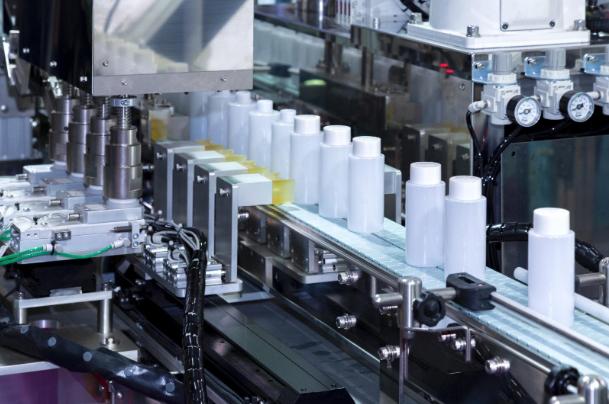
Choosing the right makeup packaging types can feel overwhelming, especially for small brands. You’re juggling budget constraints, sustainability goals, and compliance—all while trying to stand out. At Nichesources, we simplify the process with expert sourcing services, drawing on years of experience to help brands like yours succeed.
Here’s how we can help:
- Streamlined Procurement: We connect you with trusted suppliers, saving time. For a new serum, we handle supplier vetting, letting you focus on launch.
- Cost Optimization: Bulk orders and cost-effective materials fit your budget.
- Quality Assurance: Rigorous checks ensure durable, compliant packaging. We test for durability, ensuring glass jars or compacts arrive intact.
- Sustainability Focus: Access eco-friendly options like glass droppers and biodegradable pouches. We’ve boosted sales for brands aligning with sustainability trends.
Ready to elevate your brand? Contact us for a customized solution.
Let us handle sourcing, so you can grow your business. Whether you need travel-friendly compacts or sustainable glass bottles, we’re here to simplify the process.
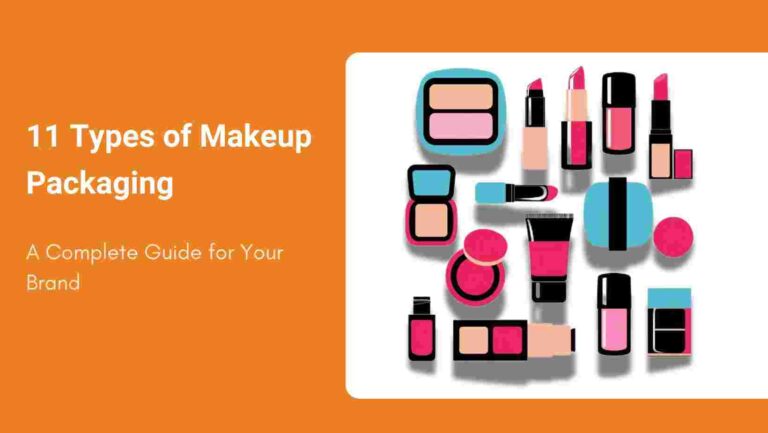

4 thoughts on “11 Types of Makeup Packaging : A Complete Guide for Your Brand”